Introduction
Food safety is a critical global issue that directly impacts public health, economic stability, and consumer trust. With an increasingly complex food supply chain that spans multiple countries and involves diverse stakeholders, ensuring the safety of food products has become more challenging than ever. Traditional food safety practices, while effective to an extent, often struggle to keep pace with the speed, scale, and complexity of modern food systems. In recent years, artificial intelligence (AI) has emerged as a transformative technology with the potential to revolutionize food safety practices by enabling smarter monitoring, prediction, and prevention strategies.
AI in Food Safety Monitoring and Detection
AI technologies are being integrated into food safety systems to improve the detection of contaminants and pathogens. Machine learning algorithms can process vast amounts of data from sensors, laboratory tests, and imaging technologies to identify unsafe food products with greater accuracy and speed. For instance, AI-powered image recognition systems are being used to detect defects, adulteration, or spoilage in food items during production and packaging. Similarly, predictive models can analyze microbiological and environmental data to forecast the likelihood of contamination events, allowing stakeholders to take proactive measures before unsafe products reach consumers.
Supply Chain Transparency and Traceability
The complexity of global food supply chains makes it difficult to pinpoint the source of contamination during foodborne outbreaks. AI enhances traceability by analyzing data across multiple points in the supply chain. Blockchain technologies, when combined with AI, can create tamper-proof records of food production, processing, and transportation. This integration not only improves transparency but also accelerates recall processes by quickly identifying affected batches and distribution channels. Such advancements significantly reduce the risks associated with widespread contamination and minimize economic losses.
Predictive Analytics for Risk Assessment
AI also plays a key role in predicting and assessing food safety risks. Machine learning models can evaluate historical data on weather patterns, agricultural practices, and supply chain disruptions to forecast potential threats. For example, changes in climate conditions can influence the spread of harmful bacteria and pests. By anticipating these risks, food producers and regulatory bodies can implement targeted interventions, such as adjusting storage conditions, enhancing sanitation protocols, or increasing inspections in vulnerable areas.
Enhancing Regulatory Oversight
Regulatory agencies are adopting AI to strengthen their food safety oversight capabilities. Automated data analysis allows regulators to prioritize high-risk facilities for inspection and improve compliance monitoring. Natural language processing (NLP) tools can also scan scientific literature, inspection reports, and consumer complaints to identify emerging food safety hazards. By leveraging AI-driven insights, policymakers can develop evidence-based regulations and allocate resources more effectively.
Challenges and Ethical Considerations
Despite its promise, the adoption of AI in food safety presents certain challenges. Data quality and availability remain significant barriers, as reliable datasets are essential for training accurate AI models. Additionally, smaller food producers may face financial and technical constraints in implementing AI-driven systems. Ethical considerations, including data privacy, algorithmic transparency, and accountability, must also be addressed to ensure that AI applications in food safety are trustworthy and equitable.
Conclusion
Artificial intelligence is reshaping the landscape of food safety by providing powerful tools for monitoring, prediction, and risk management. From enhancing supply chain transparency to enabling real-time detection of contaminants, AI offers solutions that can significantly reduce foodborne illnesses and build consumer confidence. However, for its full potential to be realized, stakeholders must address issues of accessibility, data integrity, and ethical governance. Ultimately, the integration of AI into food safety systems represents a vital step toward ensuring safer, more resilient, and sustainable global food networks.
